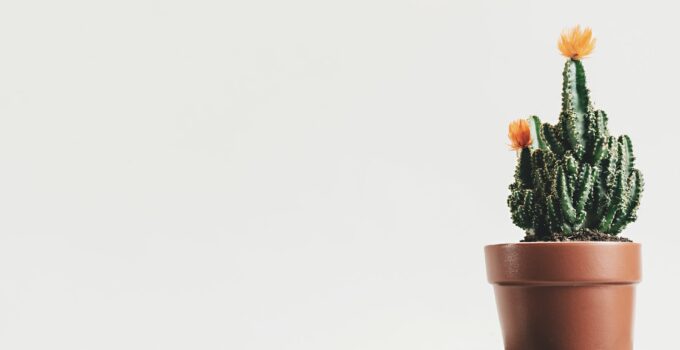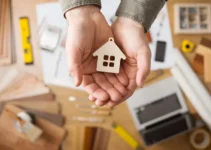What do you say to those who tell you they never want to go back outdoors after spending time inside their homes? While some people might love being cooped up indoors, there are plenty of ways to bring nature into your home without sacrificing comfort. In this post, I’ll share my top indoor plant ideas and tips to liven up your home decor.
Decorating with plants is something we all enjoy doing, but did you know that potted houseplants bring beauty to your home? Potted plants also provide natural air purification and make a great conversation starter.
They can be used as an inexpensive way to brighten up any room in the house. Here are seven tips for decorating with indoor plants:
1. Use plants to brighten a room
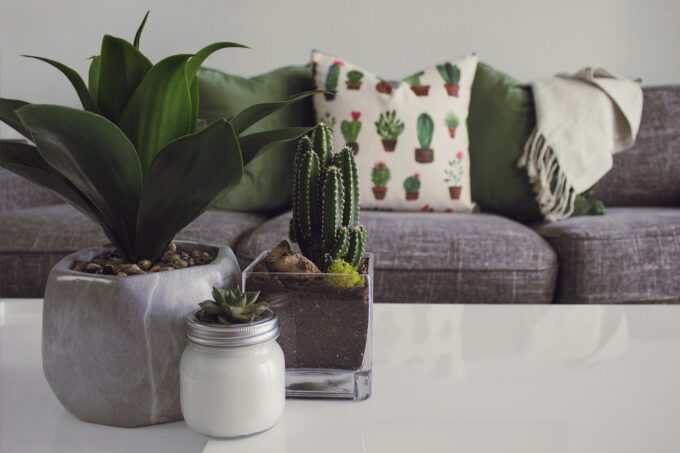
Source: unsplash.com
Plants add color and life to any space they inhabit. You don’t have to use large plants to achieve this effect, small indoor plants will do just fine. Choose plants that complement each other or contrast one another. For example, if you want to create a relaxing atmosphere, choose soft-textured plants like ferns and spider plants. If you prefer a more energetic environment, select hardy plants such as cacti and succulents.
It’s no secret that plants look great in every room of your house – from the living room to the bedroom and even the kitchen. However, indoor plant care can seem daunting at times. It’s important to remember that the healthiest plants require little maintenance or attention other than watering them once a week.
2. Add color with flowers and foliage
Flowers and foliage are two of the most popular choices when it comes to adding color to rooms. Both flowers and leaves come in many colors, shapes, sizes, and textures. When choosing which ones to include in your decorating scheme, think about what kind of mood you want to set. Do you want a cheerful, happy feeling? Or would you rather feel relaxed and calm? The answer to these questions will help you decide which types of plants work best for your particular style.
3. Add texture with stems and leaves
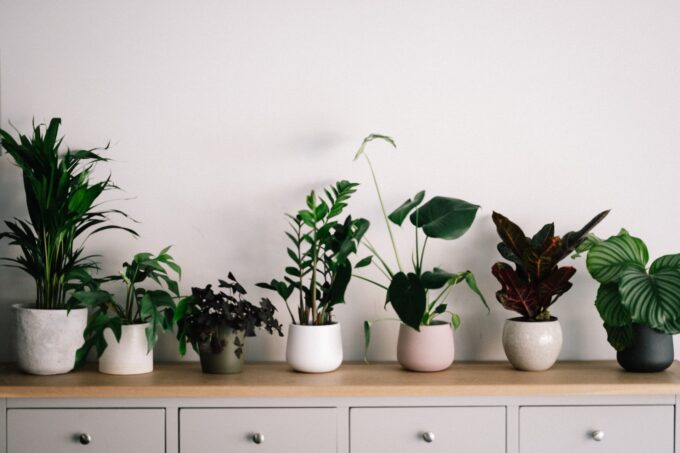
Source: unsplash.com
The texture of stems and leaves adds visual interest to a room. Try using different kinds of leaves and stems on top of vases, baskets, and containers. Some of the most interesting combinations include woody stems and leathery leaves, grasses and feathers, and bamboo shoots and pine needles.
Plants are great additions to your indoor space because they create a natural environment within your home. Whether you are looking for something indoors or outside, these plants will make your home look unique.
4. Create an impressive display
How do you beautify your home without spending too much time or money? These days, indoor plants occupy every corner of our homes. They bring nature into our living areas and give us a sense of peace and serenity. There are lots of ways to decorate your house using plant life forms. In addition to giving beauty, they also provide various benefits such as cleaning the air and purifying water.
If you have a lot of plants, consider creating a display. This is especially helpful if you live in a small apartment or condo where there isn’t much floor space. By arranging several pots together, you can create a beautiful arrangement that looks impressive even from across the room.
5. Select plants carefully
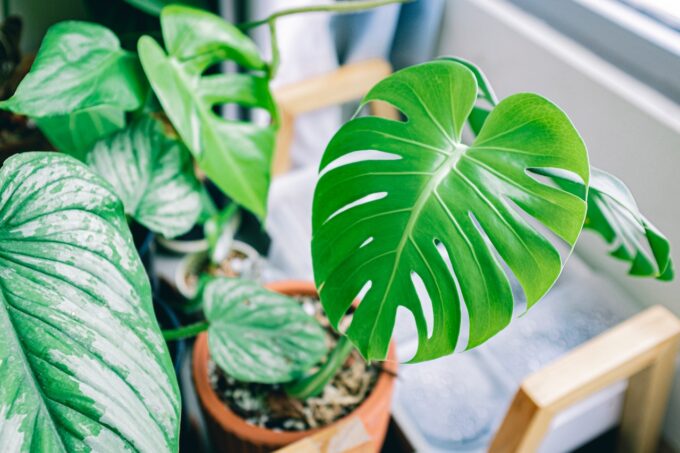
Source: pexels.com
Pots come in different sizes and shapes, so select pots carefully based on the amount of space you have in your home and the type of plant you need. Choose plants that thrive under artificial light, like African violets or philodendrons, rather than hanging baskets and flowering shrubs that require direct sunlight. We suggest that you immediately go to countrygreenery.com and choose the plant that you think will best fit into the interior of your home.
6. Make sure your plants have enough light
Plants need at least 12 hours of direct sunlight per day if they are going to thrive. If not, look for indirect lighting options, or move them closer to the windows. You want to avoid getting any shadows on the foliage. If you do opt for indirect lighting, make sure no window coverings are blocking the sun.
You might think that artificial lights would work just fine, but many varieties of crops prefer brighter natural light over lower-wattage fluorescent bulbs. Also, some plants do not tolerate much blue light, so leave those types of bulbs out of your setup.
7. Add water regularly
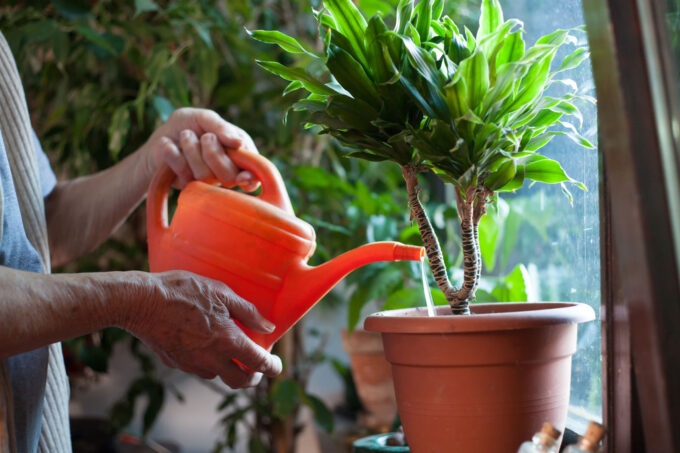
Source: gardeningknowhow.com
Watering is an important part of growing food plants successfully. Adding too little will lead to stunted growth and death, adding too much may cause disease. It is a good idea to water during the daytime because plants take longer to dry off than they do to rehydrate. A general rule is to water every third day, except for cool weather when you should water every two days. Too frequent watering can also result in root rot, which can reduce crop yields.
There’s no question that plants add life to a room, but we often overlook the importance of having them inside. Plants provide natural air purification, prevent allergens, reduce energy bills, encourage creativity, promote relaxation, improve mood, and relieve stress. The downside of keeping potted plants in is the limited space in our apartments and condos.
Plants don’t have to be confined to pots or planters. They also don’t have to be expensive. By adding a few simple plants to your living spaces, you’ll reap benefits that include increased oxygen levels and improved air quality, cleaner air filters, reduced allergies, lower heating costs, healthier lungs, better sleep, and even a boost in mood.
Finally, if none of these ideas work for you, then go wild! You should always feel free to experiment and explore what you love. After all, we spend our time here anyway. So live and let live. But remember to keep things safe. Plants aren’t meant to be dangerous, so please stay out of reach of young children. And finally, never touch your plants with bare hands!

